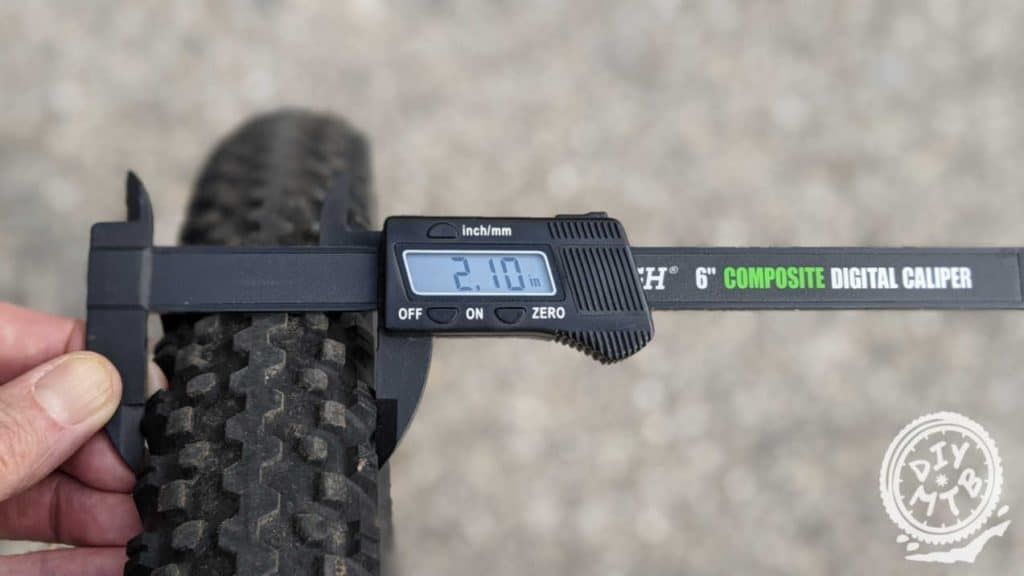Scott mountain bikes are renowned for their performance and innovative designs, catering to riders across disciplines from cross-country to downhill. To keep your Scott bike running smoothly and performing at its best, regular maintenance is essential. This guide will provide comprehensive tips on keeping your Scott mountain bike in prime condition.
1. Cleaning: The Foundation of Maintenance
Regular cleaning is the most basic yet crucial aspect of bike maintenance. A clean bike not only looks better but also performs better and lasts longer.
- Post-Ride Rinse: After each ride, especially in muddy or wet conditions, rinse off your bike with a hose to remove dirt and debris. Avoid using high-pressure washers, as they can force water into bearings and other sensitive areas.
- Deep Clean: Perform a thorough cleaning every few weeks or whenever your bike gets excessively dirty. Use a mild bike-specific cleaner, sponges, and brushes to clean the frame, components, and wheels. Pay close attention to the drivetrain (chain, cassette, derailleur) as accumulated grime can significantly affect shifting performance.
2. Drivetrain Care: Ensuring Smooth Shifting
The drivetrain is the heart of your bike’s power transmission, and keeping it clean and lubricated is vital for smooth shifting and efficient pedaling.
- Chain Cleaning: Clean your chain regularly using a chain cleaning tool or a rag soaked in degreaser. After cleaning, apply a bike-specific chain lubricant, wiping off any excess.
- Cassette and Derailleur: Use a degreaser and a brush to clean the cassette and derailleur pulleys. Check for worn-out or damaged teeth on the cassette and replace them if necessary.
- Cable and Housing: Inspect cables and housing for fraying or damage. Replace them if needed to maintain precise shifting.
3. Scott Mountain Bikes: Suspension Maintenance
- Air Pressure: Check and adjust air pressure in your fork and shock according to your weight and riding style. Refer to the manufacturer’s recommendations for specific pressure settings.
- Sag: Set the correct sag (the amount the suspension compresses under your weight) to ensure optimal suspension performance.
- Regular Service: Follow the manufacturer’s recommended service intervals for your fork and shock. This typically involves replacing seals, oil, and other worn items.
4. Brake Maintenance: Stopping Power
Reliable brakes are crucial for safety, and regular maintenance ensures consistent stopping power.
- Pad Inspection: Check brake pads for wear and replace them before they wear down completely. Worn-out pads can damage the rotors.
- Rotor Condition: Inspect rotors for warping or excessive wear. True or replace warped rotors, and consider replacing worn rotors to maintain optimal braking performance.
- Bleed Brakes: If your brakes feel spongy or lack power, bleed them to remove air bubbles from the hydraulic system.
5. Tire Care: Traction and Control

Your tires are your bike’s only contact with the ground, making their condition critical for traction and control.
- Air Pressure: Maintain proper tire pressure according to the terrain and your riding style. Refer to the tire sidewall for the recommended pressure range.
- Tread Inspection: Regularly check your tire tread for wear and tear. Replace worn-out tires to avoid punctures and maintain grip.
- Sealant: If you’re running tubeless tires, check and replenish sealant levels regularly to prevent punctures.
Related: Scott Mountain Bike: Pros and Cons– Your Ultimate Guide
6. Bolt Check: Safety and Security
Regularly check all bolts on your bike, including the stem, handlebar, seatpost, and crank bolts. Ensure they are tight and secure to prevent accidents.
7. Scott Mountain Bikes: Bearing Check and Replacement
Over time, bearings in your wheels, headset, and bottom bracket can wear out. Periodically check for play or roughness and replace worn bearings to maintain smooth rolling.
Related: Liv Mountain Bikes: Unveiling the Frame Material Mystery
8. Scott Mountain Bikes: Professional Service
While many maintenance tasks can be done at home, consider taking your Scott mountain bike to a professional mechanic for a comprehensive tune-up at least once a year. They can identify and address issues you might miss and perform specialized services like suspension overhauls.
9. Record Keeping:
Maintain a log of your maintenance activities, including cleaning, lubrication, and part replacements. This will help you track your bike’s service history and anticipate future maintenance needs.
By following these comprehensive maintenance tips, you can keep your Scott mountain bike in top-notch condition, ensuring years of exhilarating rides and peak performance. Remember, regular maintenance not only extends the lifespan of your bike but also enhances your safety and enjoyment on the trails.

Welcome to outdoorxsports.com! I’m Russell, your guide to the awesome world of mountain biking. This blog is all about building a community of riders who love to share their passion for the sport. Expect inspiring stories, local trail recommendations, fun challenges, and tips for making the most of your time on two wheels.

